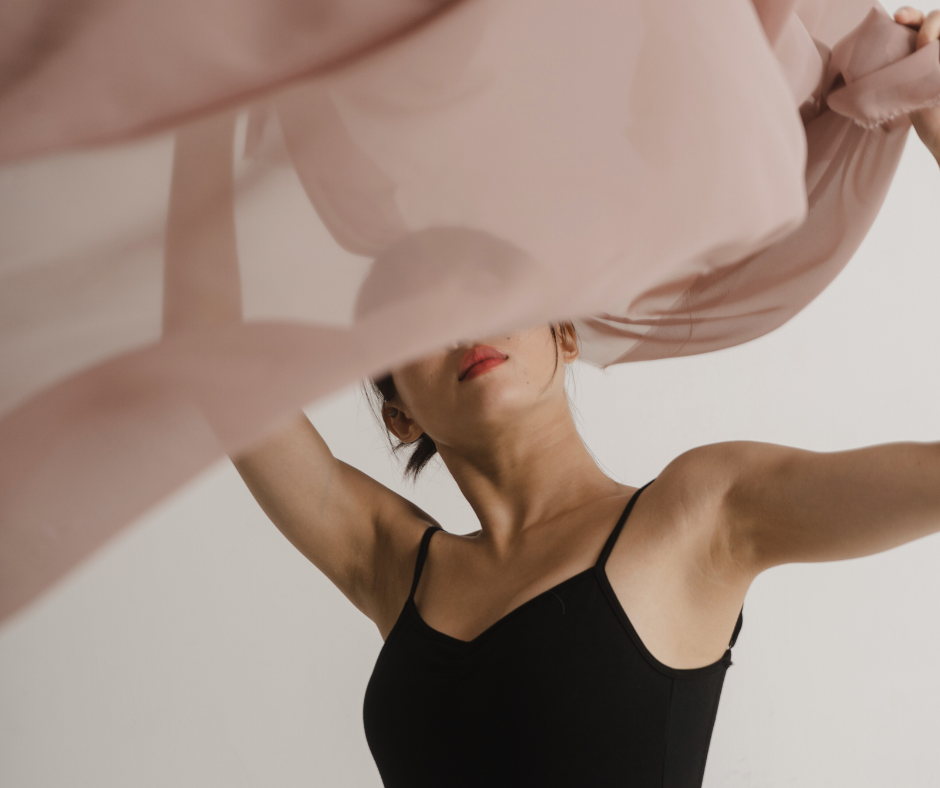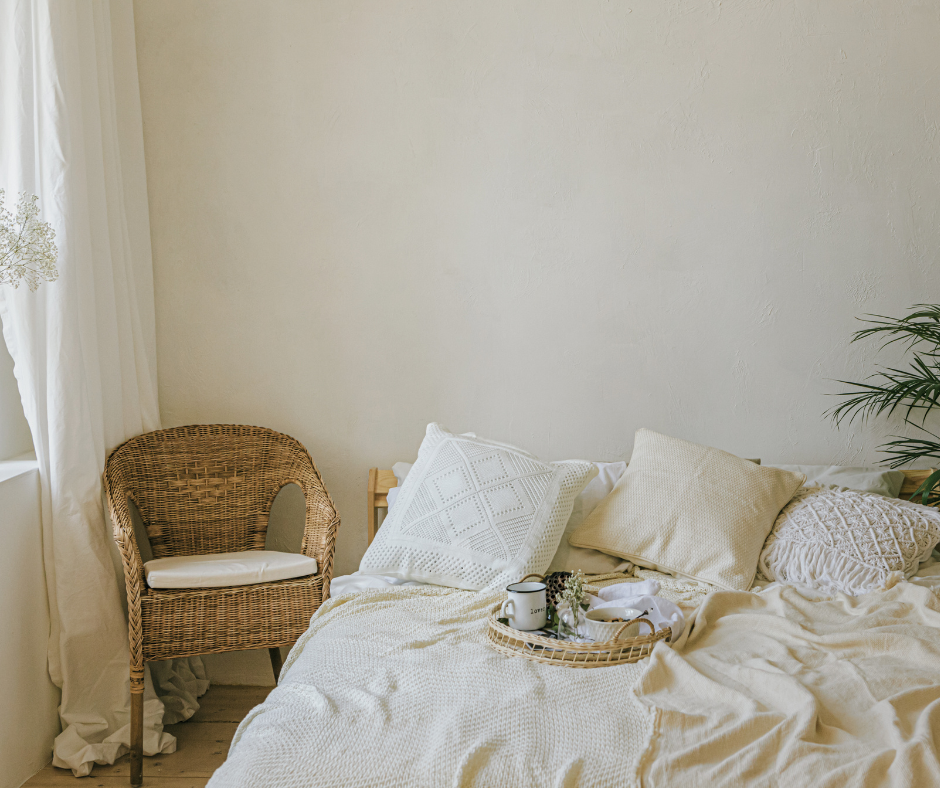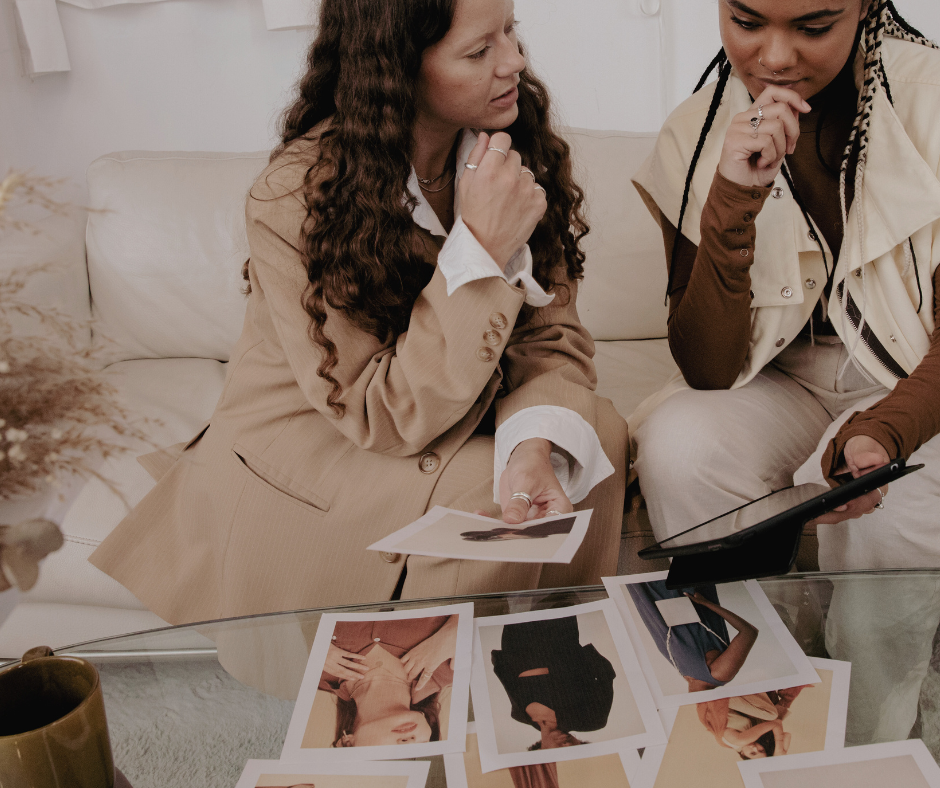
DesignDash Guide: How to Successfully Partner with Other Creatives
Summary
Collaboration can be a game-changer for women-owned creative businesses, opening doors to new networks, combining strengths, increasing visibility, and sharing risks. To ensure success, choose the right partner with complementary skills, aligned values, and clear communication. If a collaboration doesn’t resonate with your audience, act quickly to address issues, learn from the experience, and plan for future partnerships that truly shine.
Reflection Questions
- What specific skills or resources do I lack that a potential collaborator could bring to the table, and how could this enhance my business?
- How can I ensure that my values and goals align with a potential partner before diving into a collaboration?
- What strategies can I use to effectively communicate with my audience if a collaboration doesn’t go as planned?
Journal Prompt
Reflect on a time when you successfully collaborated with someone in your business or creative endeavors. What made the partnership successful, and how did it impact your growth? Now, think about a potential collaboration you’ve been considering—what excites you about it, and what steps can you take to ensure it’s a positive experience for both parties involved?
Imagine you’re in your studio, surrounded by sketches, color swatches, or ceramics awaiting their bisque firing when a fellow creative reaches out with an idea—one that’s fresh, exciting, and just the spark you needed. That’s the magic of collaboration! Teaming up with other female creatives isn’t just heart-warming—it can be a game-changer for your business. Whether you have an interior design firm, a fashion brand, a ceramics studio, or a fine art gallery, successful brand collaborations can open doors to intriguing new techniques, broaden your audience, and multiply your success in ways you never imagined. In this DesignDash Guide, you’ll learn how to harness the power of effective collaboration. Let’s explore how working together can take your brand to the next level!
Exploring the Many Benefits of Brand Collaboration
#1 Expanding Your Network

When you collaborate with other creatives, you’re not just sharing ideas—you’re opening the door to a whole new network of opportunities. Partnering with someone who has a different skill set or perspective can introduce you to clients, suppliers, and industry contacts you might never have met otherwise. Who doesn’t want to reach new audiences and boost their brand reputation?
For example, when a fine artist or gallerist teams up with an interior designer, they both gain access to each other’s networks, creating a ripple effect of new connections and possibilities. Some of these collaborations produce an ongoing partnership that can support your business for years to come. So, by saying “yes” to a brand partnership, you’re also saying “yes” to a world of new opportunities.
#2 Combining Strengths and Resources
Collaboration is all about bringing together the best of what you and your partner have to offer. By pooling your talents, resources, and skills, you can create products or services that are more innovative, more polished, and more impactful than anything you could do alone.
For instance, when a graphic designer teams up with a ceramicist, their combined expertise might result in a unique line of products that neither could have created independently. Diverse perspectives fuel creativity, pushing you to think outside the box and come up with fresh, exciting ideas. Together, your two brands can achieve more and produce work that truly stands out in the marketplace.
#3 Increased Visibility and Brand Awareness
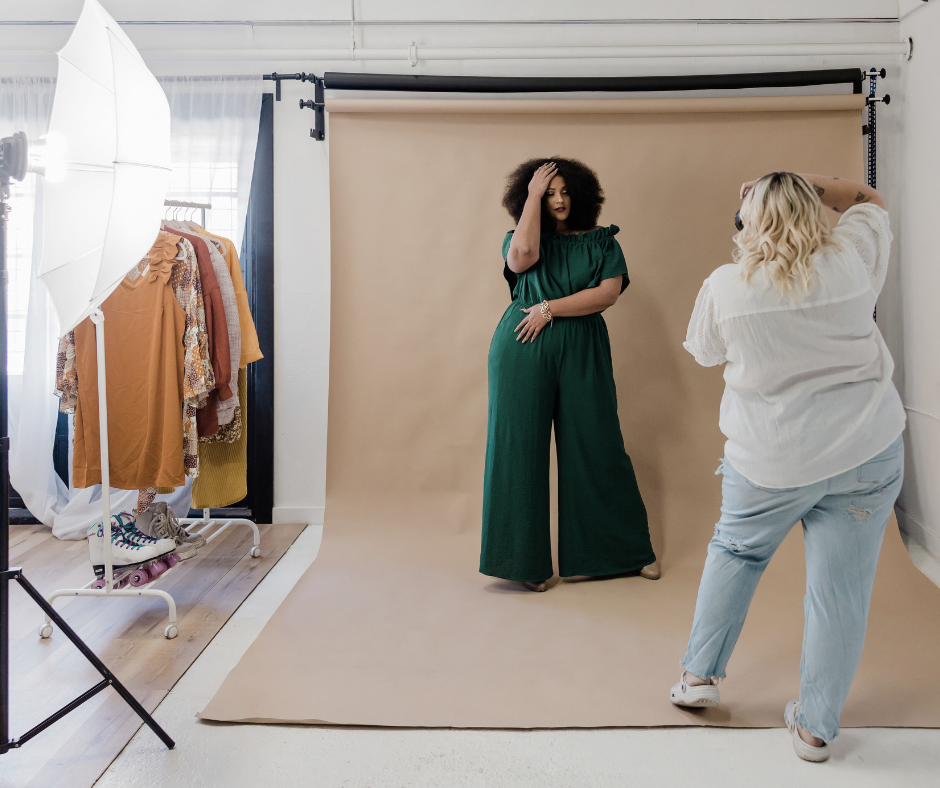
One of the biggest perks of collaboration is the boost it can give to your brand’s visibility. When brands collaborate (especially those with complementary audiences), both owners can reach new people who might not have discovered their work otherwise.
For example, when two female-owned brands in the fashion world and the photography industry collaborate on a project, they each benefit from exposure to the other’s followers. Cross-promotion can significantly expand your reach and bring your brand into the spotlight. The increased visibility from collaboration often leads to new clients, media coverage, and opportunities that can take your business to the next level.
#4 Shared Risks and Costs
Collaboration isn’t just about sharing the creative load—it’s also a smart way to manage risks and costs. By teaming up with another business, you can split the financial investment, making it easier to take on bigger projects that might have been out of reach on your own.
For example, if you and a fellow creative are launching a joint product line, you can share the costs of production, marketing, and distribution, reducing the financial burden on both sides. Plus, with two minds tackling potential challenges, you’re better equipped to handle any bumps in the road. Sharing the load means you can pursue ambitious ideas with greater confidence, knowing that you’re not taking on all the risk by yourself.
So, How Do I Find the Right Collaborative Partner?
Identify Complementary Skills You Can Both Benefit From
Finding the perfect collaborative partner starts with a little self-reflection. What are the gaps in your skill set or resources? Maybe you’re a talented architect who could use a graphic designer to bring your concepts to life visually, or perhaps as a ceramic artist, you need a marketing whiz to help you reach a broader audience.
The key is to look for someone whose strengths complement your own. By combining different skills, you create a powerhouse team that can tackle projects more effectively and creatively. When your strengths and their strengths align, you’re not just doubling your potential—you’re multiplying it!
Make Sure Your Values and Goals Align
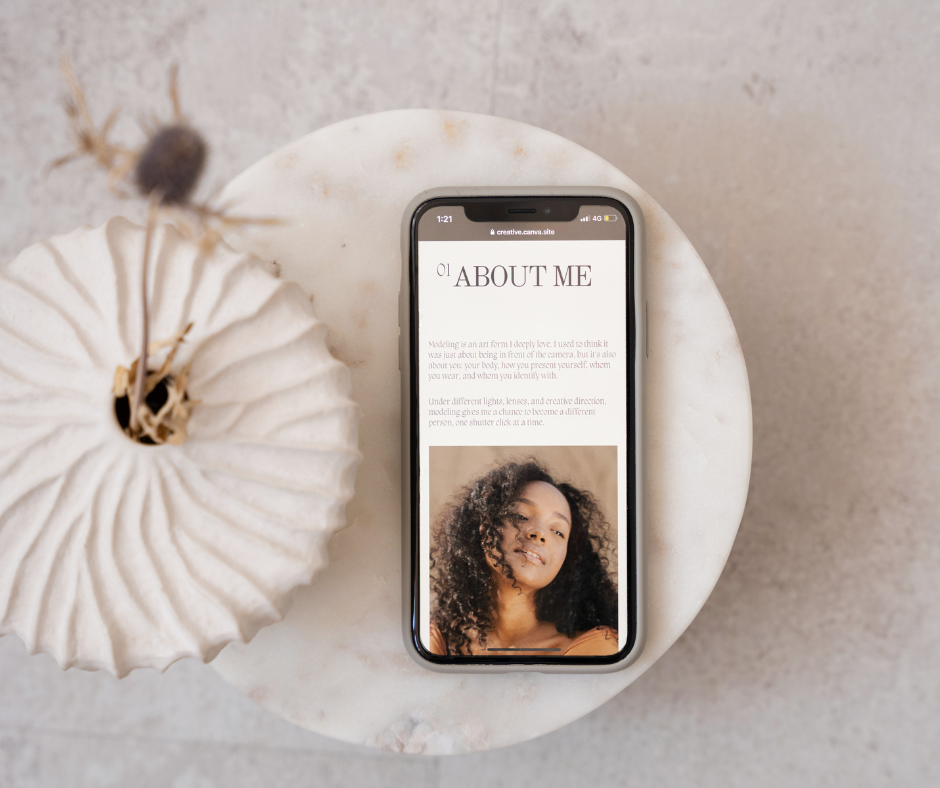
Shared values and goals are the foundation of any successful collaboration. Before diving into a partnership, have an open discussion about what truly matters to you both. Do your missions align? Are your long-term goals compatible? Were your brands created with a similar set of values?
For instance, if you’re an eco-conscious interior designer, you’ll want to collaborate with others who are equally passionate about sustainability. This alignment ensures that you’re both working toward the same end and helps avoid conflicts down the road.
Take the time to make sure your ethics, work style, and vision for the future are in sync—because when a common purpose unites you, your collaboration will have a much stronger chance of success. The most successful brand collaborations share more than a target audience.
Do Your Research and Due Diligence

Once you’ve identified a potential partner, it’s time to do your homework. Thorough research and due diligence are essential to ensure that the collaboration will be a good fit.
Start by reviewing their portfolio and past projects—do they deliver quality work? Have they collaborated successfully with others in the past? Reach out to previous collaborators for references if possible.
Remember, the more you know about your potential partner, the better equipped you’ll be to make a smart decision.
Start Establishing Trust and Good Communication
Trust and communication are the lifeblood of any partnership. Right from the start, be transparent about your expectations, timelines, and goals. Establishing open lines of communication will help prevent misunderstandings and keep the collaboration running smoothly. Regular check-ins, whether through emails, meetings, or casual chats, can go a long way in maintaining a strong relationship.
Building trust takes time, but by being reliable, consistent, and open, you’ll create a foundation that supports both you and your partner. When trust and communication are strong, you can navigate challenges together and celebrate successes as a team, making the partnership truly rewarding.
Now It’s Time to Structure Your Collab!
Start By Picking the Type of Collaboration
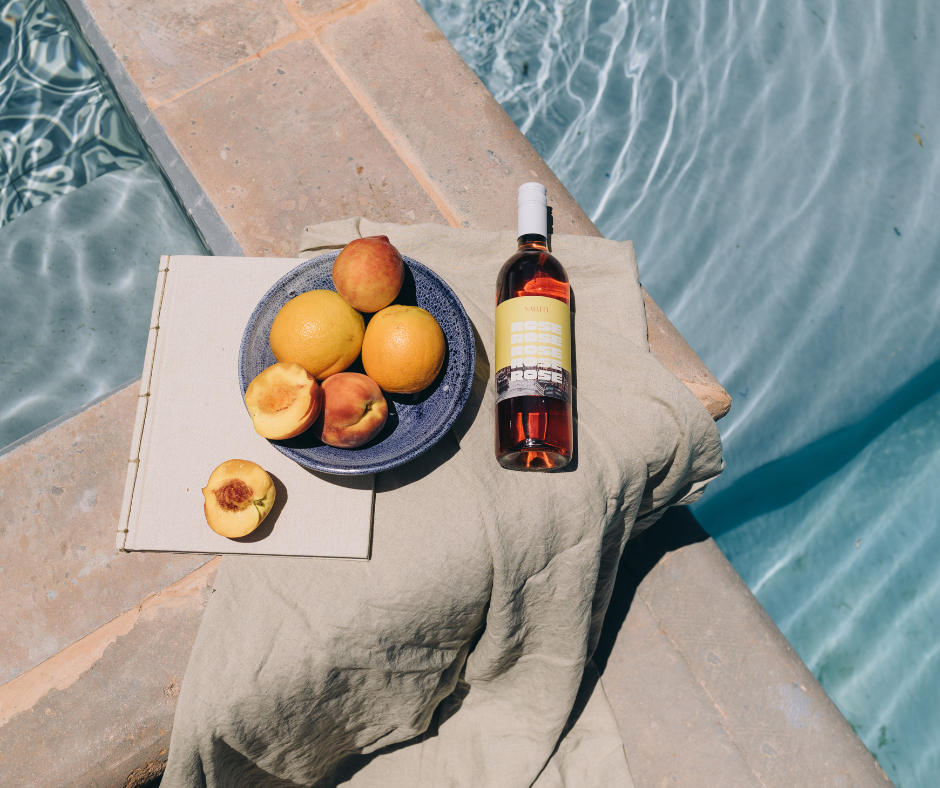
When it comes to structuring your collaboration, the first step is to pick the type that best suits your goals and strengths. Think about what you want to achieve and how you can combine forces with another brand to make it happen. Maybe you’re excited about co-branding and want to create a new product that showcases both of your unique talents, like a graphic designer teaming up with a fashion brand for a limited-edition apparel line.
Or perhaps product bundling is more your style—imagine partnering with a home décor store to offer a beautifully coordinated set of items that complement each other perfectly. If you’re looking to boost visibility, cross-promotion or a joint event could be the way to go, where you can reach new audiences while sharing the spotlight.
The possibilities are endless, so pick the one that excites you the most and aligns with your business goals! (Don’t worry, we’ve provided a few real-world brand collaboration examples to show you how your next brand collaboration might go.)
Co-Branding
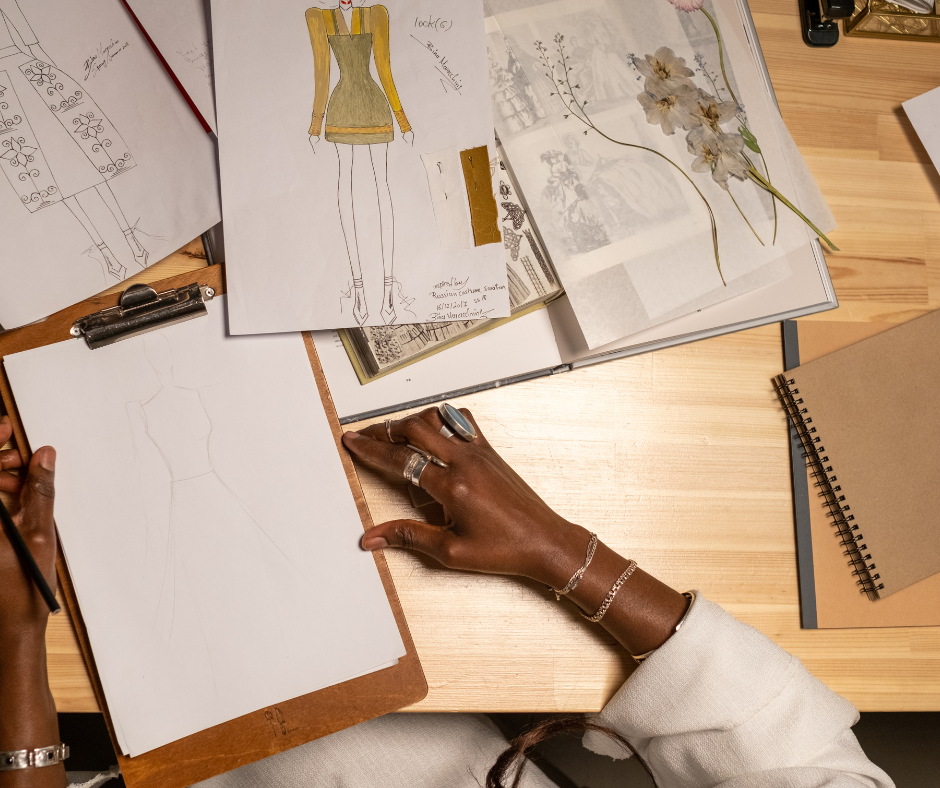
Co-branding is a powerful way to combine the strengths and reputations of two or more brands to create something entirely new and exciting. Imagine a graphic designer teaming up with a fashion brand to create a limited-edition apparel line that features exclusive, one-of-a-kind designs. Both brands bring their unique expertise to the table, resulting in a product that carries both of their names and appeals to a wider audience.
This type of collaboration not only elevates the product but also allows each brand to tap into the other’s customer base, expanding their reach and influence in the market. It’s a win-win that highlights the creativity and innovation that can come from blending two distinct visions.
Example: 2017 Supreme x Louis Vuitton Brand Collab
Product Bundling
Product bundling is all about combining complementary items into one irresistible package, making it easier for customers to buy more and experience the best of what both brands have to offer. Picture an interior designer partnering with a home décor store to create a beautifully coordinated bundle—perhaps a custom-designed rug paired with matching throw pillows.
This collaboration offers customers a curated experience where every element works together harmoniously, saving them the hassle of piecing things together themselves. For the brands involved, it’s an opportunity to showcase how their products can enhance each other, encouraging customers to see the value in purchasing the entire set. It’s a smart strategy to boost sales and build a stronger brand presence.
Example: 2015 Apple x Hermès Brand Collab (Ongoing)
Cross-Promotion
Cross-promotion is a savvy way for brands to support each other by sharing audiences and increasing visibility without the heavy lifting of creating new products. Let’s say a ceramics artist and a photographer decide to collaborate. The ceramics artist could feature the photographer’s stunning images in their product shots, while the photographer showcases the ceramics in a beautifully styled setting on their platforms.
By promoting each other’s work through social media, email newsletters, or even physical flyers, both brands can reach new audiences and drive engagement. This type of collaboration is especially effective because it’s cost-efficient and leverages the existing strengths of each brand, making it a simple yet powerful way to grow.
Example: Ongoing GoPro x Red Bull Collab
Event Collaborations
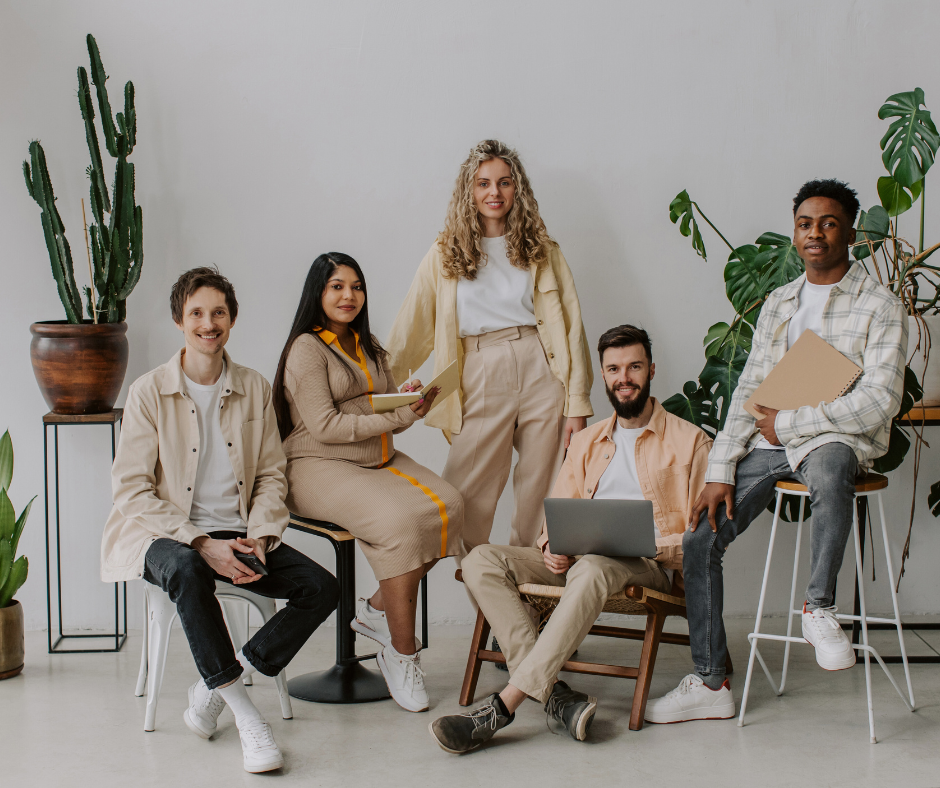
Event collaborations are an exciting way for multiple brands to come together and create a unique experience that showcases their combined talents. Imagine an architect and a landscape designer co-hosting a design workshop that explores how to create harmonious indoor and outdoor spaces.
This type of collaboration allows both brands to demonstrate their expertise in a live, interactive setting, giving participants hands-on insights that they wouldn’t get from just reading a blog or watching a video. Events like pop-up shops, workshops, or art exhibitions provide a platform for brands to engage directly with their audience, build stronger relationships, and create lasting impressions that go beyond traditional marketing.
Example: 2015 H&M x Coachella Collab
Giveaways and Contests
Giveaways and contests are fantastic for generating buzz, increasing engagement, and expanding your reach. When brands collaborate on these, they can create highly attractive prize packages that combine the best of both worlds. For example, a fine artist might team up with a jewelry designer to offer a giveaway where the lucky winner receives a piece from each collection.
This not only excites your existing audience but also draws in new followers who are eager to participate and win. The collaborative nature of these campaigns means that both brands benefit from increased visibility and the opportunity to grow their audiences in a fun and interactive way.
Example: Pretty much any cosmetic company x Beauty influencers
Content Collaborations
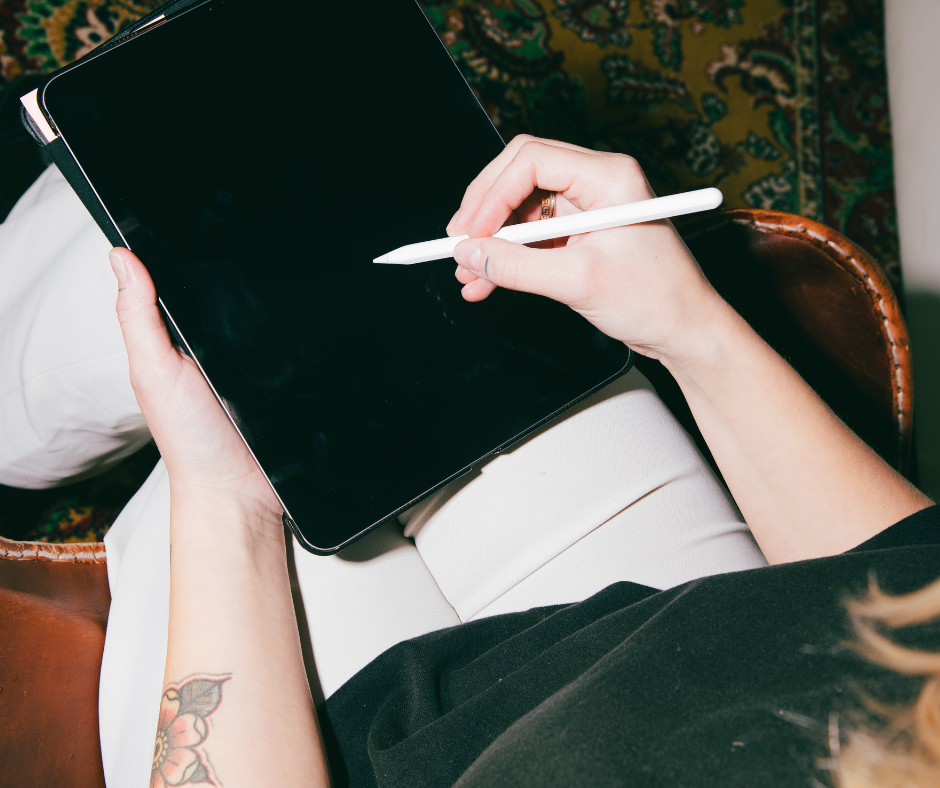
Content collaborations allow brands to create rich, engaging content that appeals to both of their audiences, expanding their reach and influence. For instance, a blogger and a painter could team up to produce a video series on art techniques, with each episode featuring a different collaboration between them.
This type of partnership leverages the strengths of each brand—whether it’s writing, visual creativity, or storytelling—to produce content that’s both informative and entertaining. Content collaborations are particularly effective because they provide value to the audience while also showcasing the unique talents of each brand involved, making it a natural way to build credibility and foster community.
Example: BuzzFeed x Tasty x McCormick
Limited Edition Collections
Limited edition collections are a brilliant way for brands to create something exclusive and highly desirable. Picture an interior designer collaborating with a furniture maker to design a limited-edition line of furniture that beautifully reflects both brands’ aesthetics.
These collections generate excitement and urgency among customers, as they know these items won’t be available forever. For the brands involved, it’s an opportunity to showcase their creativity and craftsmanship in a way that stands out from the competition. Limited edition collaborations also create a sense of prestige and exclusivity, helping to elevate both brands in the eyes of their audience.
Example: Adidas x Pharrell Williams
Shared Retail Space
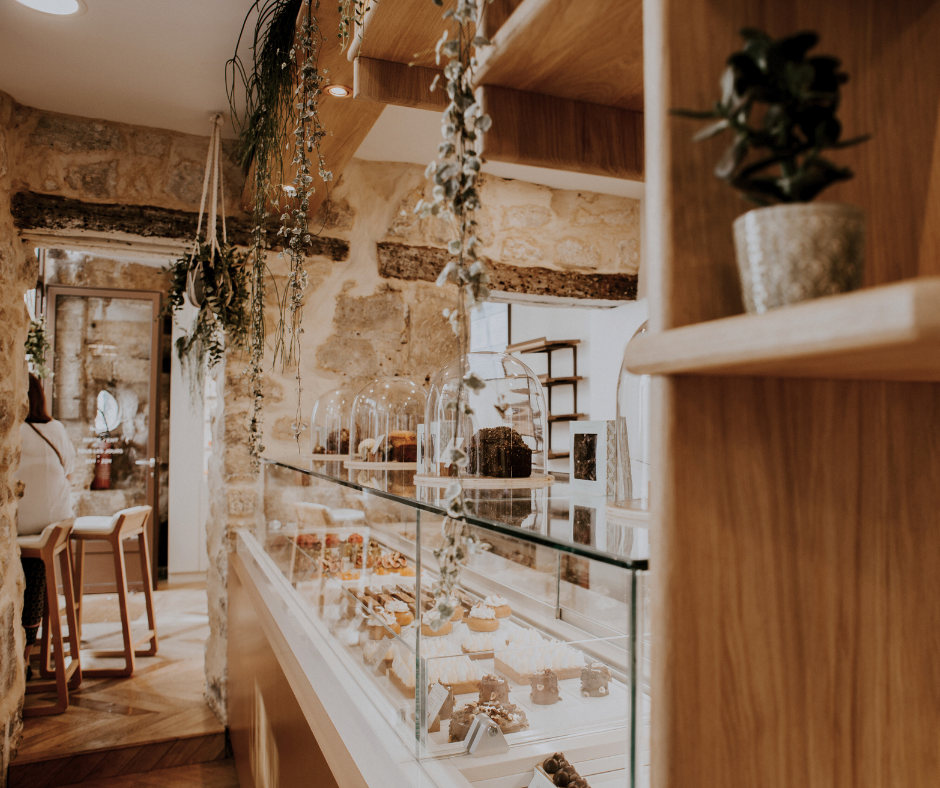
Shared retail space collaborations allow brands to create a unique shopping experience that showcases their products in a curated, cohesive environment. For example, a graphic designer and a stationery brand might come together to open a pop-up shop where they display their work side by side.
Customers get to experience the synergy between the two brands, making it easier for them to see how the products complement each other. This type of collaboration not only reduces costs for both parties but also creates a richer, more engaging shopping experience that can drive sales and build brand loyalty.
Example: Glossier x Rhea’s Café in San Francisco
Service Partnerships
Service partnerships enable creative businesses to offer a more comprehensive service package by combining their expertise. Take, for instance, a branding agency partnering with a web developer to provide clients with a complete branding and website design service. This collaboration allows each business to focus on what they do best while offering clients a seamless, high-quality experience that meets all their needs in one go.
Fuel your creative fire & be a part of a supportive community that values how you love to live.
subscribe to our newsletter
*please check your Spam folder for the latest DesignDash Magazine issue immediately after subscription

Service partnerships can significantly enhance the value proposition for clients, making it easier for them to achieve their goals and for both businesses to build stronger, long-term relationships with their customers.
Example: WeWork x Slack
Define Your Roles and Responsibilities
One of the keys to a smooth collaboration is making sure everyone knows their role from the get-go. Clearly defining who is responsible for what helps prevent any overlap or confusion, ensuring that each partner can focus on their strengths.
For example, in a partnership between an interior designer and a furniture maker, the designer might handle the creative direction while the furniture maker focuses on production and craftsmanship. By playing to each other’s strengths, you’ll create a more efficient and effective partnership. Have a conversation early on to outline each person’s responsibilities and document it—this way, everyone knows exactly what they’re bringing to the table, and you can avoid any misunderstandings down the road.
Set Clear Goals and Expectations
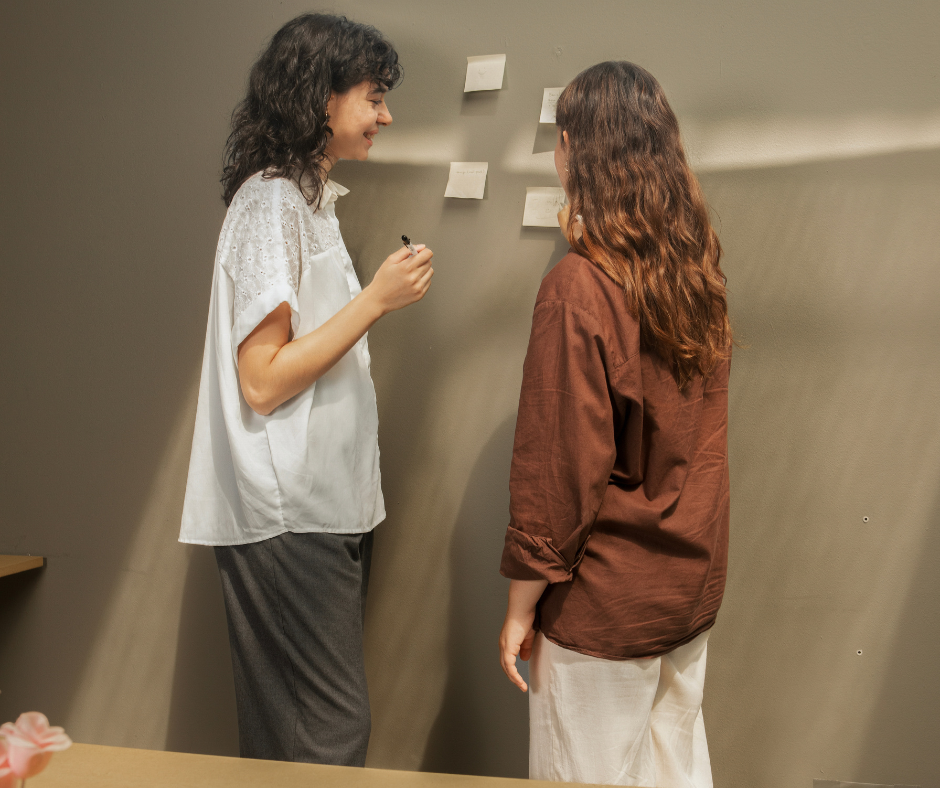
To make your collaboration a success, it’s essential to set clear, measurable goals from the start. This is where tools like SMART goals (Specific, Measurable, Achievable, Relevant, Time-bound) come in handy. Whether you’re aiming to increase brand visibility, boost sales, or create a stunning new product, having well-defined goals helps keep everyone on the same page and working toward the same outcomes.
Discuss what you both hope to achieve and set milestones along the way to track your progress. By having clear expectations, you’ll not only stay focused but also have a better chance of celebrating shared successes when you hit those goals together!
Make It Legal!
Before you dive headfirst into your collaboration, it’s important to cover all your legal bases. This means taking the time to draft up contracts that clearly outline the terms of your partnership, including how profits will be shared, who owns the intellectual property, and what happens if things don’t go as planned.
Consulting with a legal professional is a smart move to ensure that all aspects of the collaboration are covered, protecting both parties from potential issues down the line. While it might not be the most exciting part of the process, getting the legal details right will give you peace of mind and allow you to focus on the creative and business benefits of your successful co-branding partnerships.
Be Ready to Resolve Conflict

Even the best collaborations can hit a few bumps along the way, so it’s important to have conflict resolution strategies in place before any disagreements arise. Start by agreeing on how you’ll handle conflicts—whether it’s through regular check-ins, mediation, or simply open and honest communication. Remember, the goal is to maintain a healthy partnership, so it’s crucial to address any issues quickly and constructively.
For example, if there’s a disagreement over creative direction, take the time to listen to each other’s perspectives and find a compromise that works for both parties. By being proactive and keeping communication lines open, you’ll be better equipped to handle any challenges that come your way, ensuring successful collaborations you actually enjoy.
Prepare to Present Your Collab to the World!
Whether you have a sustainable clothing brand or an international interior design firm, marketing your collab is key to maximizing its impact and reaching a broader audience. The first step is to create a unified marketing strategy that aligns with both brands’ goals and strengths.
Create a Cohesive Narrative That Captures Both Brands
Start by developing a cohesive narrative that highlights the unique aspects of the collaboration—what makes it special, why the partnership came about, and how it benefits the audience. This story should be at the heart of all your marketing efforts, whether it’s shared through press releases, social media campaigns, or email newsletters. By consistently communicating the value of the collaboration, you can build excitement and anticipation among your target audiences.
Cross-Promote Across All Channels
Leverage the strengths of both brands’ marketing channels to amplify your message. This means cross-promoting the collaboration across all available platforms—social media, websites, blogs, and even physical stores if applicable. Consider using a mix of content types, like teaser videos, behind-the-scenes footage, influencer partnerships, and interactive posts to engage your audience.
Create Exclusive Content
Create exclusive content or early access offers for each brand’s loyal followers, encouraging them to spread the word. Don’t forget to utilize hashtags that combine both brands’ identities, making it easy for fans to follow along and participate. Collaborations thrive on the combined efforts of both brands, so ensuring that your marketing strategy is fully integrated will help you reach new heights together.
But What Do I Do If My Collab Falls Flat?
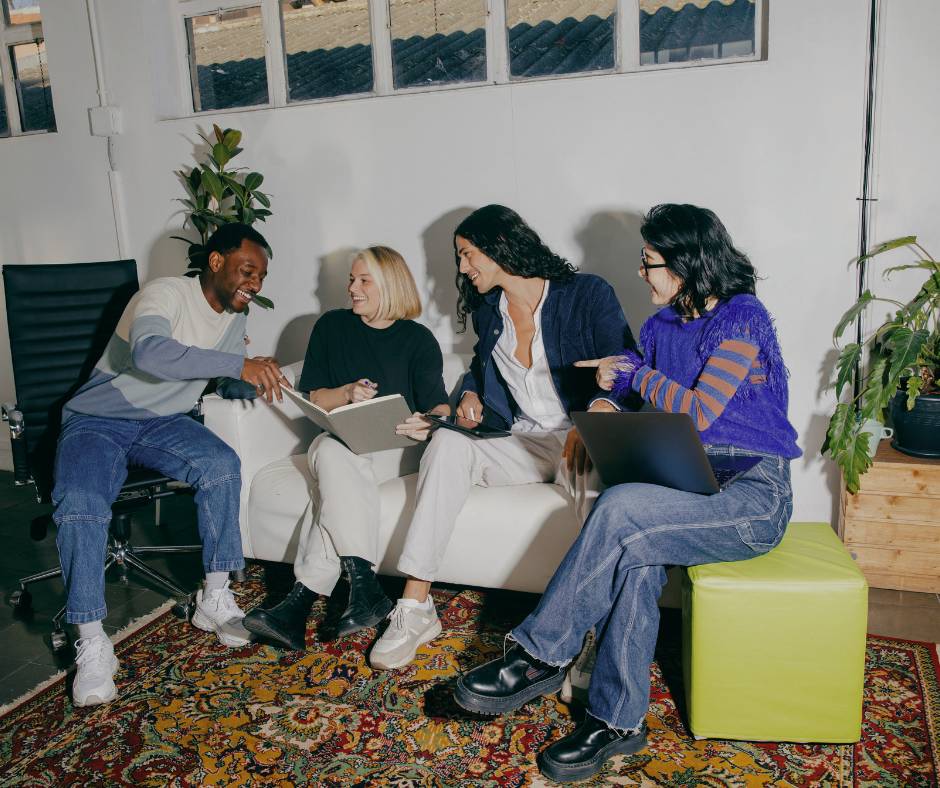
If your collaboration doesn’t resonate with your target audience or, even worse, upsets them, it’s important to act quickly and thoughtfully. We’ve all seen one of our favorite brands make a bad partnership decision—it happens. Here’s what you can do to remedy the situation before it spirals out of control.
Step 1: Acknowledge the Issue Immediately
If your collaboration doesn’t resonate with your target audience, the first step is to acknowledge the issue right away. It’s important to be transparent and take responsibility for the mistake, whether it’s a misstep in branding or a product that didn’t meet expectations.
Address the situation publicly if necessary, and offer a sincere apology. Your audience will appreciate your honesty, and this approach helps to show that you value their feedback and are committed to making things right. By owning up to the issue, you start the process of rebuilding trust and setting the stage for a positive resolution.
Step 2: Listen to Your Audience
Once you’ve acknowledged the issue, it’s crucial to listen to your audience. Gather feedback through surveys, social media comments, and direct messages to understand exactly what went wrong. Engage in meaningful dialogue with your customers, responding to their concerns and showing that you’re taking their input seriously.
This not only helps you gain valuable insights but also demonstrates your commitment to addressing their needs. By actively listening, you can better understand the pain points and work towards a solution that resonates with your audience.
Step 3: Reevaluate the Collaboration

After collecting feedback, sit down with your collaboration partner to reevaluate the project. Analyze what aspects didn’t work—was it a mismatch in branding, or did the product fail to meet expectations? Understanding the root cause of the issue is essential for preventing similar problems in the future.
If there’s potential to pivot, consider adjusting the strategy or making tweaks to the product or marketing message. Being flexible and open to change can sometimes turn things around, giving the collaboration a second chance to succeed.
Step 4: Communicate Your Next Steps
Once you have a clear understanding of what went wrong and how to fix it, communicate your next steps to your audience. Transparency is key here—let your customers know what changes you’re making and how you’re addressing their concerns.
This helps to rebuild trust and shows that you’re taking proactive measures to improve the collaboration. Reassure your customers that you’re committed to making the partnership a success, and highlight any immediate changes that are being implemented to enhance their experience.
Step 5: Offer a Gesture of Goodwill
If the collaboration caused significant disappointment, consider offering a gesture of goodwill to your audience. This could be in the form of discounts, freebies, or a special offer that compensates for the shortfall. A gesture like this helps to mend relationships and shows that you value your customers’ loyalty.
Hosting a Q&A or live session where you and your collaboration partner address audience concerns directly can further demonstrate your commitment to resolving the issue. These actions not only help to appease upset customers but also reinforce your dedication to their satisfaction.
Step 6: Learn and Grow
Every setback is an opportunity to learn and grow, and a missed collaboration is no different. Take the time to document the lessons learned from the experience and share these insights with your team and partner.
Reflect on what could have been done differently and use this knowledge to refine your approach to future collaborations. Continuous improvement should be the goal, ensuring that your brand is better prepared to meet your audience’s expectations the next time around. By embracing the learning process, you turn a negative experience into a stepping stone for future success.
Step 7: Know When to Walk Away
Sometimes, despite your best efforts, a collaboration may be beyond saving. In such cases, it might be best to end the partnership gracefully. Have a discussion with your partner about how to wind down the collaboration in a way that minimizes further damage to both brands.
Maintain professionalism throughout the process, as it’s important to leave the door open for positive interactions in the future. Even if this particular collaboration didn’t work out, handling the situation with integrity can preserve relationships and keep potential future opportunities on the horizon.
Step 8: Plan for the Future
After addressing the immediate issues, focus on rebuilding trust with your audience and planning for the future. Highlight successful projects and collaborations that align with your brand’s values, and continue to engage with your customers in meaningful ways.
Be cautious with future collaborations, applying the lessons learned from this experience to ensure better partner selection, product development, and audience testing. By taking a strategic and thoughtful approach to future partnerships, you can restore confidence in your brand and ensure that your next collaboration resonates positively with your audience.
Final Thoughts: Making Brand Collaborations Work for Your Business

Collaboration is one of the most powerful tools in your creative arsenal, so don’t be afraid to seek out those opportunities that can take your business to the next level. Whether it’s co-branding with another talented entrepreneur, hosting a joint event, or even bundling products with a complementary brand, the possibilities are endless.
Take that first step—reach out, explore, and start building partnerships that can amplify your impact. Remember, when women support and collaborate with each other, amazing things happen. Collaboration isn’t just about growing your business; it’s about fostering a community of like-minded creatives who lift each other up, share their strengths, and celebrate each other’s successes.
So, get out there and start connecting—you never know where your next collaboration might lead!



